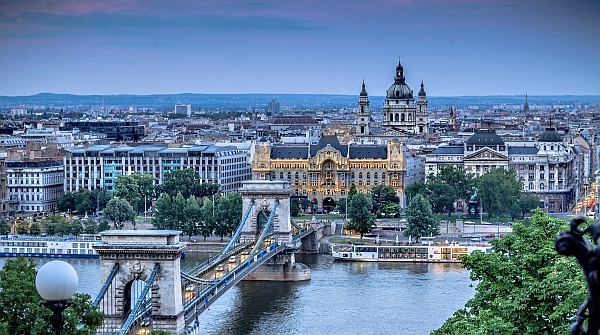In the grand symphony of classical music history, few figures resonate as powerfully as Jenö Hubay, a Hungarian virtuoso whose bow danced across the strings of time. Born on September 15, 1858, in Pest, Hungary, Hubay’s life was destined to be intertwined with the sweet melodies of the violin from his earliest days.
Imagine a young Jenö, his small fingers stretching across the fingerboard of a violin, his eyes focused intently on the sheet music before him. From the tender age of five, Hubay was immersed in the world of music, guided by the expert hand of his father, Karl Huber, the concertmaster of the Hungarian National Opera. This early exposure to the rigors and beauty of musical performance laid the foundation for what would become a legendary career.
As Hubay’s talent blossomed, so did his opportunities. At the age of eleven, he gave his first public performance, dazzling audiences with his precocious skill and emotive playing. His prodigious abilities soon caught the attention of the great Hungarian composer Franz Liszt, who became a mentor and lifelong friend to the young violinist.
Hubay’s quest for musical excellence led him to Berlin, where he studied under the renowned violinist Joseph Joachim. Under Joachim’s tutelage, Hubay honed his technique and deepened his understanding of the German classical tradition. This period of study proved transformative, shaping Hubay’s approach to both performance and composition.
In 1878, at the age of twenty, Hubay made his Parisian debut, marking the beginning of his international career. His performances captivated audiences and critics alike, earning him comparisons to the great violinists of his time. It was during this period that he formed a close friendship with the Belgian composer Henri Vieuxtemps, who would have a profound influence on Hubay’s compositional style.
Hubay’s career as a performer took him across Europe and beyond, from the grand concert halls of Paris and London to the royal courts of Belgium. His virtuosic technique, combined with his deep emotional expressivity, made him one of the most sought-after violinists of his era. But it was not just as a performer that Hubay left his mark on the musical world.
As a composer, Hubay created a vast body of work that spans the spectrum from intimate chamber pieces to grand orchestral compositions. His four violin concertos stand as testaments to his deep understanding of the instrument’s capabilities, blending technical brilliance with lyrical beauty. His opera, “The Violin Maker of Cremona,” premiered in 1894, showcasing his ability to weave compelling narratives through music.
Perhaps Hubay’s most enduring legacy lies in his work as a pedagogue. In 1886, he returned to Budapest to take up a position at the Franz Liszt Academy of Music, where he would shape the next generation of violinists for over half a century. His teaching method, known as the Hungarian Violin School, emphasized not only technical proficiency but also emotional expressivity and a deep connection to the music.
Under Hubay’s guidance, the Academy became a mecca for aspiring violinists from around the world. His students, including Joseph Szigeti, Ferenc Vecsey, and Eugene Ormandy, went on to become some of the most celebrated musicians of the 20th century. Through them, Hubay’s influence spread far beyond the borders of Hungary, shaping the course of violin performance and pedagogy on a global scale.
Hubay’s contributions to music were recognized with numerous honors throughout his lifetime. He was appointed to the Hungarian House of Magnates in 1907, a rare distinction for a musician. His compositions were performed by the greatest orchestras and soloists of his time, cementing his reputation as both a performer and a creator of music.
As the world changed around him, Hubay remained a steadfast champion of classical music. He continued to perform, compose, and teach well into his later years, his passion for music undimmed by time. His final public performance came in 1937, just a few months before his death, a fitting coda to a life lived in service to music.
Jenö Hubay passed away on March 12, 1937, in Budapest, leaving behind a legacy that continues to resonate in concert halls and music schools around the world. His compositions remain an integral part of the violin repertoire, challenging and inspiring new generations of musicians. His pedagogical methods, passed down through his students and their students in turn, continue to shape the way the violin is taught and played.
Today, as we listen to the soaring melodies of Hubay’s concertos or witness a young violinist mastering the techniques he pioneered, we are reminded of the enduring power of his contributions to music. Jenö Hubay’s life stands as a testament to the transformative power of dedication, creativity, and passion in the pursuit of artistic excellence.
In the grand concert hall of music history, Jenö Hubay’s voice remains clear and strong, a melody that continues to inspire and move us. His legacy serves as a reminder of the profound impact one individual can have on an art form, shaping its present and future while honoring its rich past. As we celebrate Hubay’s life and work, we are invited to listen closely to the music he left behind, and to hear in it the echoes of a life lived in perfect harmony with the violin.


